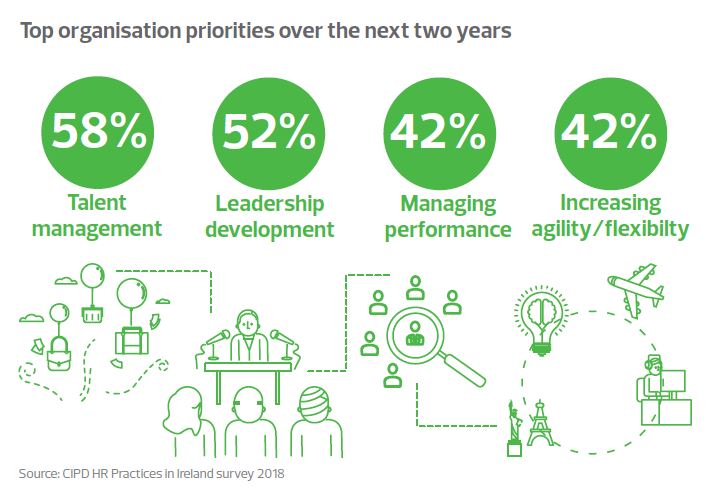
How many times have you been disappointed with a new recruit’s performance? They impressed you during the interviews and you had high hopes when you hired them. They had a great track record and all the skills you were looking for. But a year on, they’re still not delivering. Where did it all go wrong?
Today’s empowered employees want more from the organisations they work for. They increasingly look for like-minded employers that share their outlook and motivations, and will often choose places where they feel valued. When these expectations aren’t met, they can quickly lose interest and become disheartened. Morale and performance then starts to nosedive.
Over the past decade, employees’ expectations have radically changed. Cultural fit has become a key factor in job searches. People now want to work for organisations that have a positive influence on their lives and wider society. And they’re no longer happy with identikit development paths. They want opportunities to shape their career in a way that’s right for them.
When an employee feels that they aren’t getting this in their job, or they don’t connect with your culture, they’ll struggle to excel. It doesn’t matter how much promise or enthusiasm they showed during the hiring process, if their expectations aren’t being met, they’ll never perform to their full potential. The way you hire and manage your employees must now fundamentally change.

Find the right people for your business
Undefined strategies and legacy recruitment approaches will make it harder for you to find the right people for your organisation. Seize this opportunity to do things differently.
1. Set out your vision
We often see organisations struggle to find or keep hold of the right people because they don’t have a clear talent strategy. Without this, your recruitment activity and people management processes will remain ineffective. Start by thinking about who you are as an organisation. What are your core values and where do you want to be in five years? Use this to develop a talent strategy that sets out the skills and capabilities you need to reach your goals. This will help focus your hiring managers’ minds about what to look for in people. It will also guide decisions about how to develop and reward them once they’re through the door.
2. Look beyond the CV
Recruitment processes that focus on finding people with certain qualifications or experience levels won’t always help you pick the right person. You may hire a sales manager because of their record of hitting targets. But unless you’ve asked the right questions, you could later find that they only thrive in individualistic work environments. If your organisation takes a team-based approach, the new recruit’s attitude will quickly alienate others. It’s good practice to look beyond a checklist of skills to work out if a new hire will align with your business’ culture and values. Only by understanding this can you be confident you’ve found the right person for your organisation.
3. Change with the times
Too often, hiring managers look for recruits that fit the mould of the person they’re replacing. They try to find someone with the same level of experience, the same approach, the same performance ability and the same pay expectations. This can be a quick way for time-pressured teams to fill a role. But it also means you’re likely to hire someone more suited to the old way of doing things, rather than someone with the skills you need today and tomorrow. At the start of each recruitment process, remind yourself of your company’s vision and make sure your job adverts and selection criteria reflect these goals.
4. Assimilate new hires
An employee’s first 100 days is a critical time – their expectations are at an all-time-high and their early impressions will sway their long-term attitudes about the role and your organisation. Any wrong steps can quickly zap their enthusiasm and cause bad attitudes and behaviours to take root. Over time, this leads to demotivation, dissatisfaction and apathy. A well-thought-out onboarding process will help you avoid these early pitfalls. It will also allow you to immerse new recruits in your organisation in a positive way. Remember that it should focus as much on your mission, culture and values as it does on their role and objectives.
5. Future-proof your teams
You may be happy that you have the right people at your organisation today, but will this still be the case in six months, a year or five years? A lack of development opportunities can quickly cause high-potential employees to jump ship. If they are to see a future at your organisation, you need to embed a positive culture of succession. Set clear development frameworks to show how they can step into business-critical roles in the future. And make sure you incentivise those at the top to go when the time is right, so they don’t become roadblocks to ambitious employees further down your organisation.
